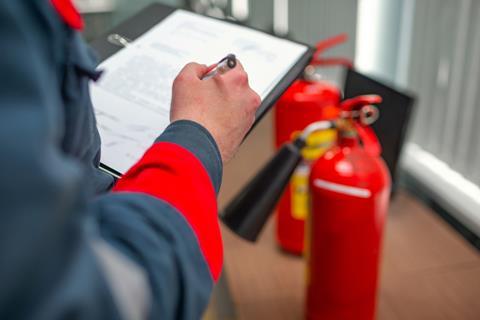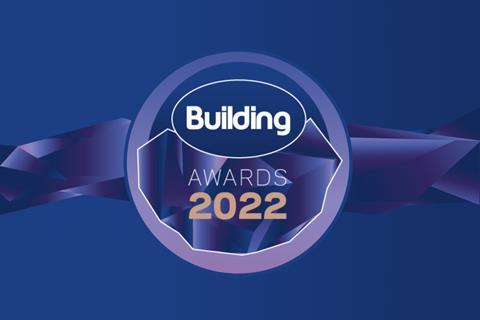Social landlords have identified 1,932 buildings as having ‘life-critical’ fire safety defects to the EWS
More than a quarter (27.7) of social housing buildings over 11 metres in height with ‘life-critical’ fire safety defects have unclear remediation plans or no plans in place, according to the Regulator of Social Housing.

Social landlords have reported that remediation work has begun on 594 of the 1,932 buildings identified as having ‘life-critical’ fire safety (LCFS) defects relating to the external wall system (EWS). This represents an increase from 519 buildings in the previous quarter.
The Regulator of Social Housing’s (RSH) fourth fire safety remediation report covers quarter one of 2024/25, which ran from 21 June to 19 July 2024, with data being reported as at 30 June.
All social landlords are required to submit quarterly data to RSH and the Ministry of Housing, Communities and Local Government on the fire safety remediation of relevant buildings that they are responsible for.
>> See also: Social landlords report decrease in tower blocks with ’life- critical’ external wall fire safety defects
>> See also: KCTMO responsible for systemic failings in fire safety management, Grenfell Inquiry finds
Landlords have reported that remediation work is complete on 108 (5.6%) of the affected buildings. This includes those still awaiting building control sign off.
There are plans in place to remediate a further 675, or 34.9% of affected buildings.
Of the 17,457 relevant buildings reported, 99% had had fire risk assessments undertaken and 11% were found to have a LCFS defect relating to the external wall system (EWS).
The majority of relevant buildings (88%) had no LCFS defects.
Housing associations owned 54% (9353) of the relevant buildings reported, with the remaining 8,104 buildings owned by local authority registered providers. Large landlords, which are those that own 1,000 homes or more, are responsible for the majority of relevant buildings.
In the latest report, landlords reported being responsible for 17,457 buildings measuring 11 metres or more in height, a small increase from the previous quarter (17,375).
The RSH said that some landlords with multiple affected buildings have indicated they are prioritising works on higher risk buildings, which can be more complex and take longer to remediate.
Under the Building Safety Act 2022, a higher risk building is defined as one that is at least 18 metres in height or has at least 7 storeys, and contains at least two residential units, a care home or a hospital.
The regulator said that landlords have a duty to put interim measures in place to ensure the safety of tenants until works are fully completed.
The RSH will continue to monitor the performance of landlords in remediating 11 metre plus buildings and the progress they are making against their plans.
It added that “social landlords must have robust systems and processes in place on fire safety and its management, underpinned by accurate and up to date data. This is a key aspect of landlords ensuring that tenants are safe in their homes.”
Will Perry, director of strategy at RSH, said: “This quarterly survey is an important tool in helping us monitor the progress being made by the sector on remediating fire safety defects.”
Perry said that fire safety is “a fundamental responsibility”, adding that “we expect all landlords to take prompt and effective action so that tenants can feel safe in their homes”.
“This includes putting mitigating measures in place to protect tenants from any risks in the interim period before works are complete. Boards and councillors have a duty to ensure these plans are delivered.”
He added: “Meanwhile our ongoing regulation, including our programme of inspections and responsive engagement, helps us check that landlords are meeting the outcomes of our standards – including those relating to fire safety.










No comments yet